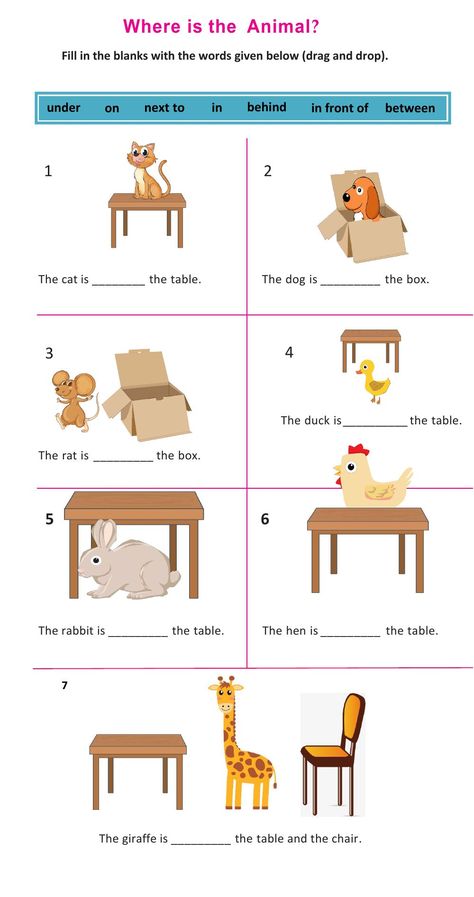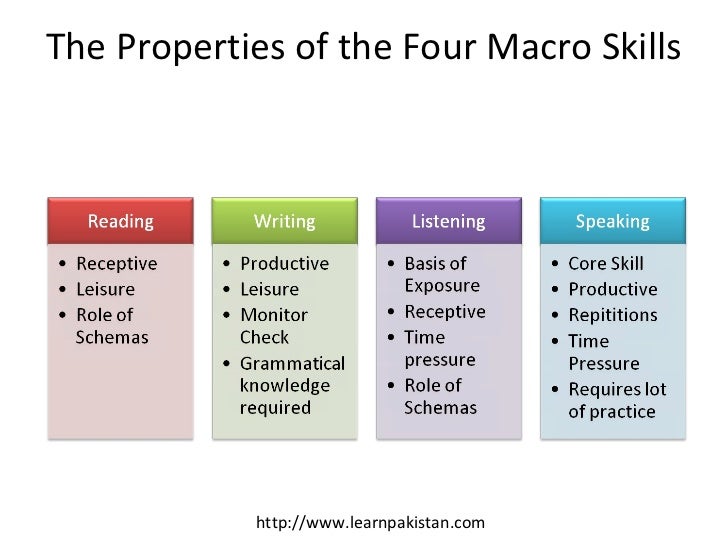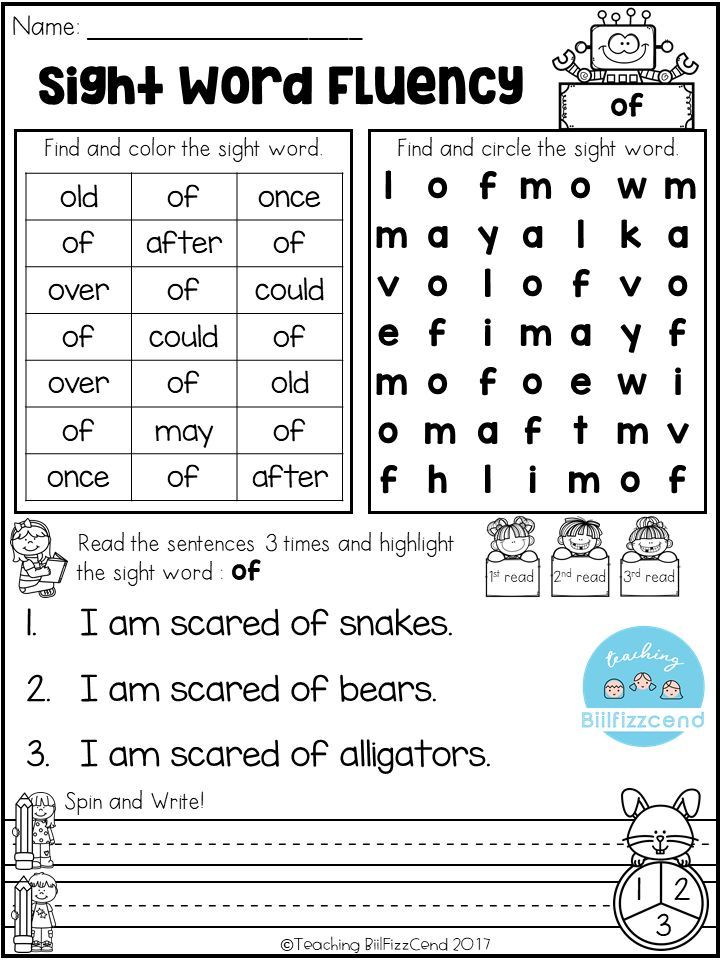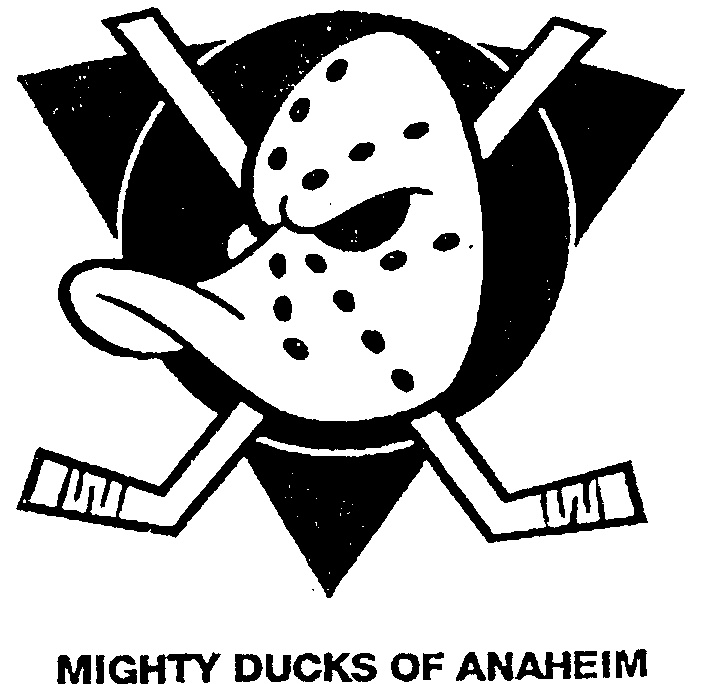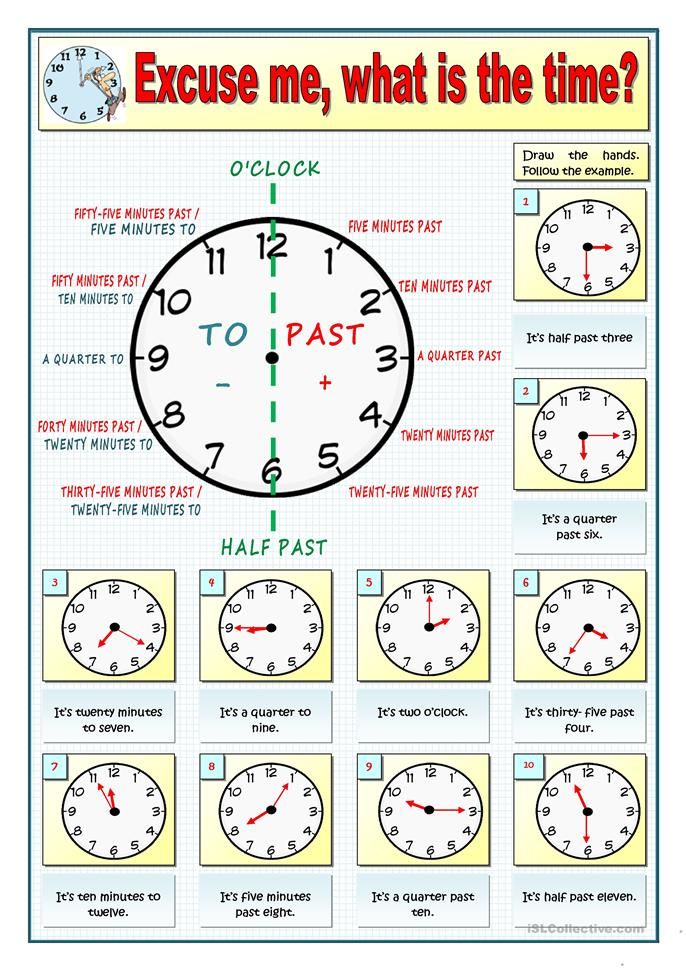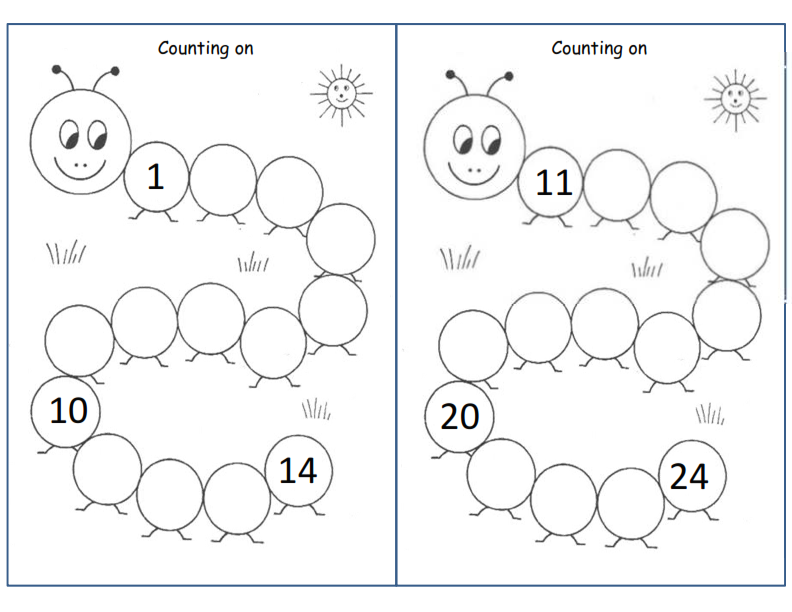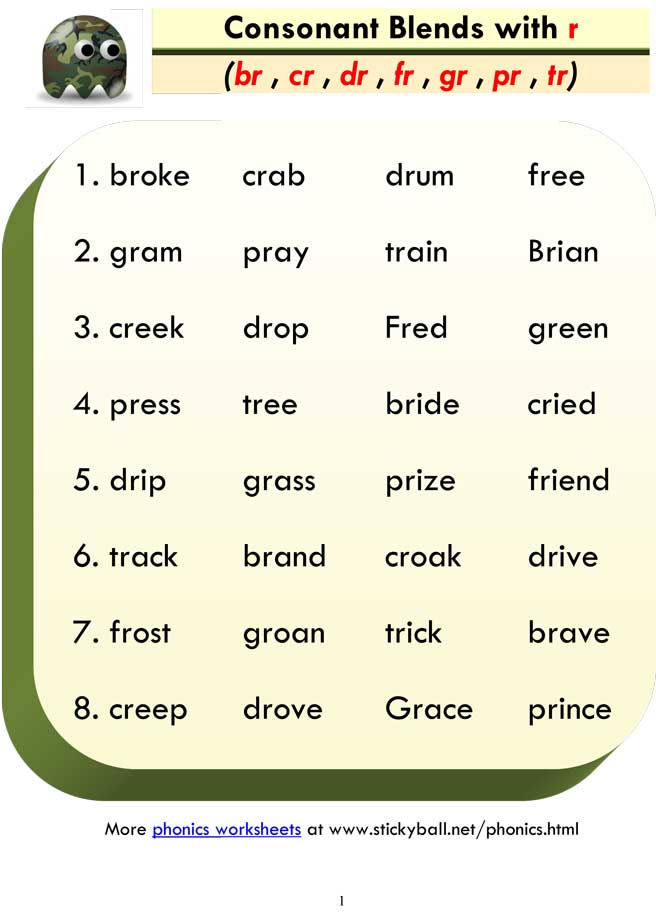Preposition in on under
Use Of In On Under
A group of words that we use ahead of noun, pronoun, or noun phrase to represent direction, time, place, location, spatial relationships, or even introduce an object are called prepositions. Some of the examples of prepositions are in, under, on, at, etc. Now, let us know the use of in on under with certain examples.
We can relate prepositions to our real-life experiences and then frame our own sentences. Prepositions can be of various types depending on the type of sentence you form.
Now, to understand what prepositions are, we will go through individual poems or stories on three prepositions - in, on, and under. Also, we will go through some more examples to understand prepositions in detail.
Poem of a Preposition ‘In’ - Little By Little
Here, we have to determine prepositions by highlighting the ‘in’ preposition.
Little by Little Poem
“Little by little,” an acorn said,
As it slowly sank in its mossy bed;
“I am improving every day,
Hidden deep in the earth away. "
Little by little each day it grew,
Little by little, it sipped the dew.
Downward it sent out a thread-like root
Up in the air sprang a tiny shoot;
Day by day, and year by year,
Little by little the leaves appear,
And the slender branches spread far and wide
Till the mighty oak is the forest’s pride.
Story on a Preposition - On
One day, Jiya was sitting on the bench and wondering how beautiful is everything around me. It is really great to see birds sitting on the branches of the tree and a dog laying on the ground. I wish to remain here for my entire life.
Story on a Preposition - Under
One day, I found a cat under the tree. I was very upset to see her crying. A few days ago, this cat was sitting inside the box and four boys driving harshly killed her mother. Now, this cat is under trauma and she really needs a lot of care and attention. Now, she is my friend and the best buddy ever.
Now, she is my friend and the best buddy ever.
Examples of Preposition - In, On, and Under
Easy examples of prepositions
Preposition of Direction
These types of prepositions tell us about the location or direction of a person or thing in relation to another one.
To - The route of Shanvi Express from Haldwani to Delhi is changed from Bareilly to Delhi.
Into - Please put the dirty utensil into the dishwasher.
In - Please leave the door ajar when you are not in your room.
On - The bus is on time.
Onto - The apple fell onto the floor.
Preposition of Time
These types of prepositions give us an idea of the month, year, week, certain time during the day or a longer period of time in the past.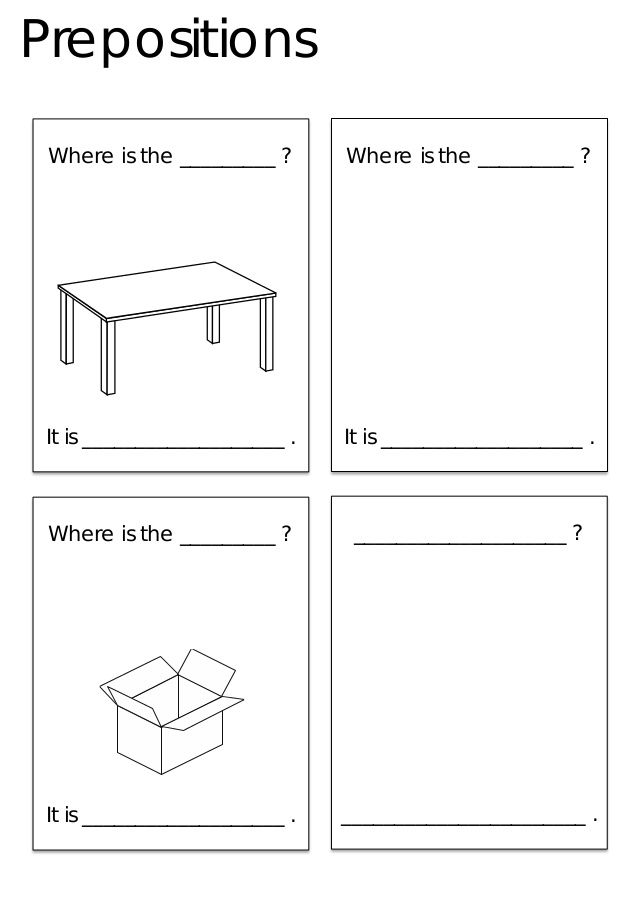
She goes for a walk in the evening.
The weather is hot in June.
Meghan was born in 1996.
You make noises in the morning.
I go to my office at 9: 00 a.m.
She eats lunch in the office hour.
She loves to walk in the night.
Kids go to bed at night.
Example on Miscellaneous Prepositions
Sheena can sit before the desktop (or in front of the desk). The teacher can lay on the table (when she's being informal) or behind the table, and then her feet are under the chair or beneath the chair.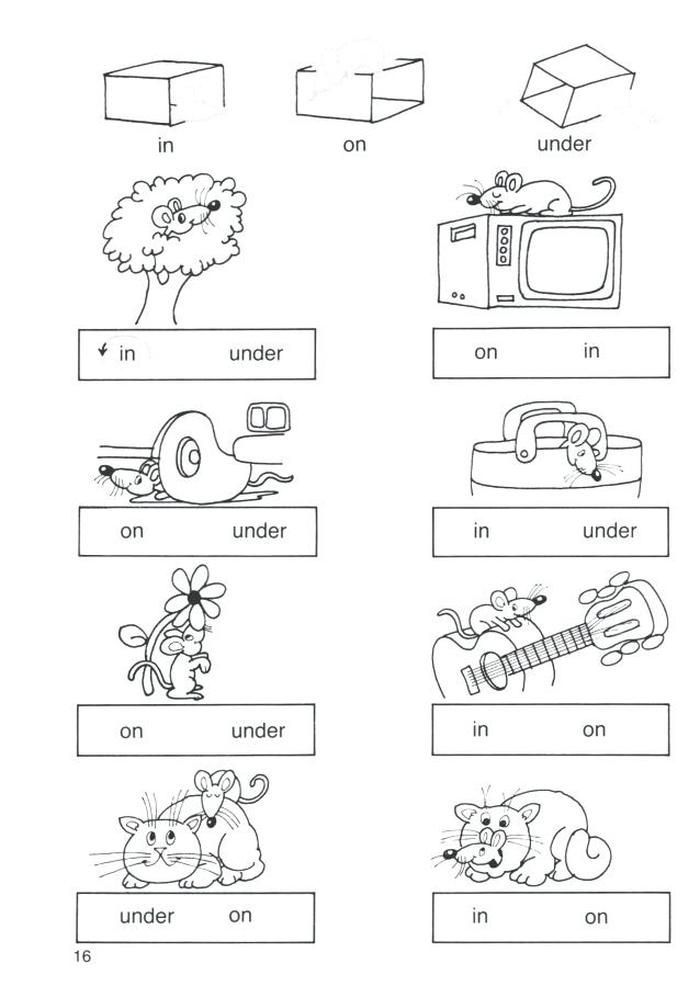 She can stand behind the classroom door (meaning next to the desk), before the table, between the desk and you, or even on the desk (if she's a strange woman).
She can stand behind the classroom door (meaning next to the desk), before the table, between the desk and you, or even on the desk (if she's a strange woman).
If she's fat, he can bump into the desk or try to move through the table. Passing her hands over the table resting her hands upon the desk, she often looks across the classroom and speaks as if there were nothing else like the classroom table. It’s because sometimes she wonders about her home, and how to reach there on time. Lastly, she leans against the desk and sleeps.
So, this was all about the use of in on under. Going through this article will help you understand this topic clearly. To learn more about such interesting topics of English grammar, you can check out our website and choose from the numerous articles provided for kids concerning, stories, poems, Maths, English Grammar, etc.
Under - English Grammar Today
Grammar > Prepositions and particles > Under
Under is a preposition.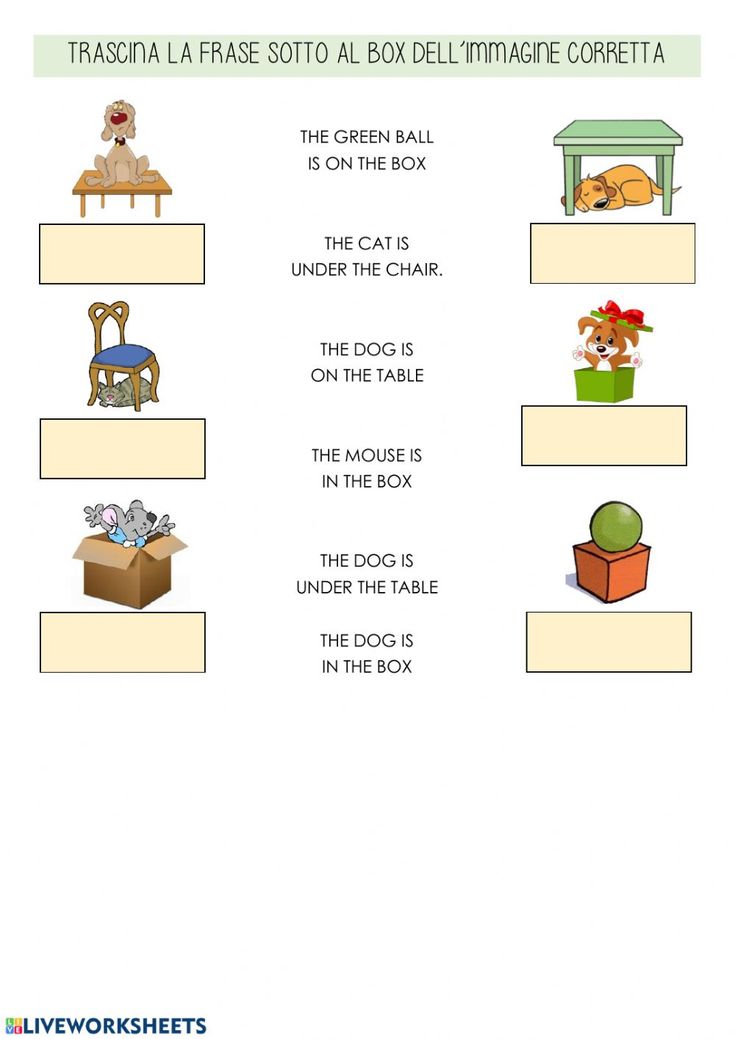 When we use under as a preposition, it is similar to below. We use under to talk about something that is below or lower than something else:
When we use under as a preposition, it is similar to below. We use under to talk about something that is below or lower than something else:
The cat is under the table.
His shoes were under his bed.
When we use under, we can also mean that one thing is touching or covering something else. We do not use below in this way:
The wreck of the Titanic still remains under the sea.
Not: … below the sea.
He had hidden the money under the floorboards.
Not: … below the floorboards.
Warning:
We don’t use under to refer to something in a lower position than something else. We use below:
Venus is just below the moon right now.
Not: Venus is just under the moon …
We use under, not below, to refer to age:
You have to be under 18 to get an allowance.
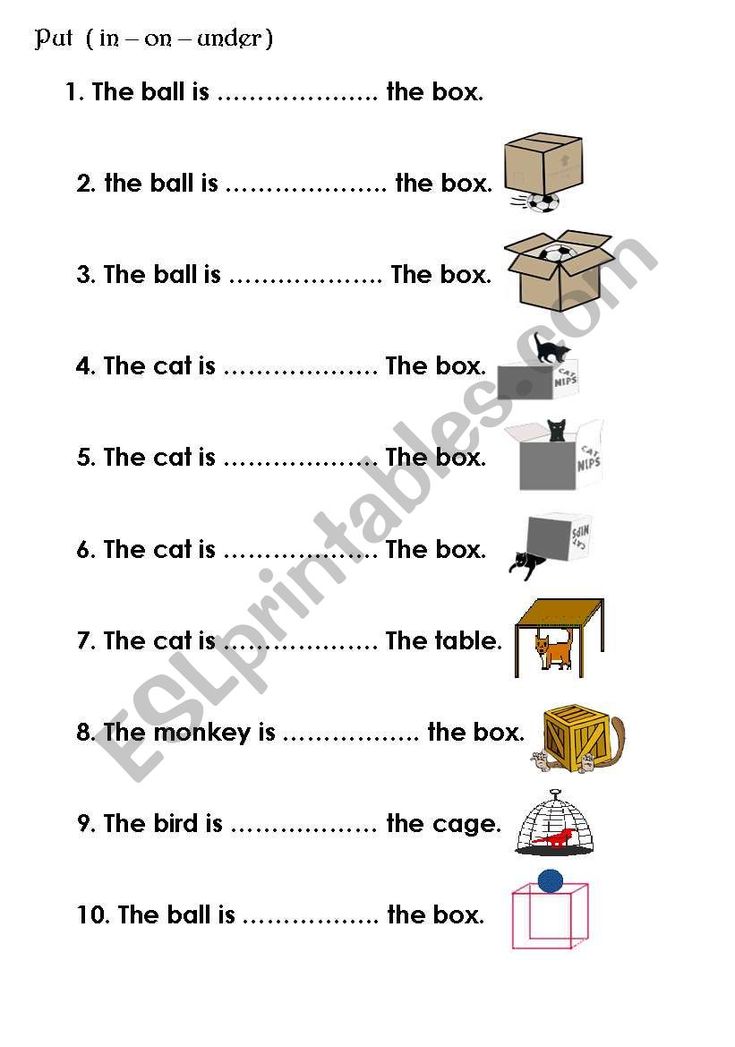
They have three children under the age of five.
We use under, not below, to talk about measurements of time and weight:
We finished the project in under a year and a half.
The bag was just under 10 kilos, so I was able to bring it on the plane.
When we talk about height and temperature, we use below not under:
The roof of the new building is just below the height of the church and I think it distracts from the church.
Not: … under the height of the church …
The liquid must be kept below five degrees. (preferred to … under five degrees.)
Underneath is similar to under, but it usually only refers to position:
Underneath the stairs is where we keep our vacuum cleaner and brushes.
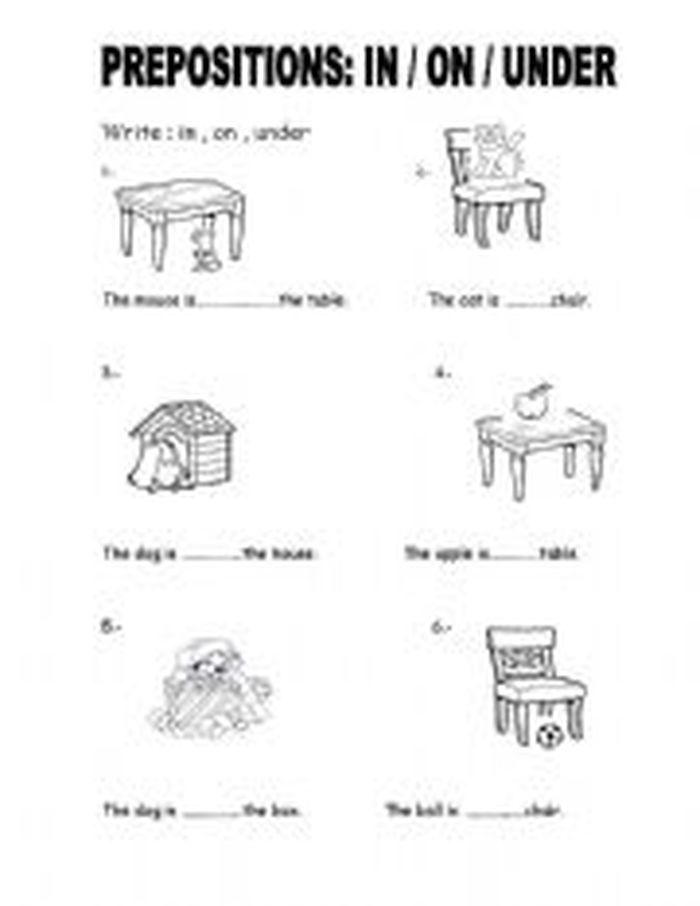
The child weighed under five kilos.
Not: … underneath five kilos.
See also:
Below
Beneath
- 01 Since
- 02 Made from, made of, made out of, made with
- 03 Dates
- 04 Would rather, would sooner
- 05 Ought to
- 06 Present simple (I work)
- 07 As, because or since?
- 08 Intonation
- 09 As, when or while?
- 10 Determiners (the, my, some, this)
Prepositions: IN, ON, UNDER, FOR
OBJECTIVES:
- clarify the spatial relationships expressed by prepositions IN, ON, UNDER, FOR;
- to exercise children in the correct use of prepositions; to teach to highlight these prepositions in the text and make a variety of sentences with a given preposition (in the picture, according to two key words), analyze sentences, exercise children in laying out a sentence scheme with prepositions.

Improve general and fine motor skills, promote the development of clear coordinated actions in conjunction with speech, develop speech breathing.
Strengthen the skill of correct pronunciation of sounds in sentences and short poetic texts.
Develop attention, memory, activate the mental activity of children, develop visual-effective and logical thinking.
PROGRESS OF THE LESSON
1. Organizational moment
Speech therapist addresses children:
You need to get up more freely
And breathe more calmly.
The speech therapist asks the children to name the “little words” that are shown on the diagrams on the board.
2. Reporting the goal of the lesson . (Game motivation)
Speech therapist: “Today we will go to the country where small words live. Let's listen to the sound letter that the Fairy gives us."
Fairy Letter Game .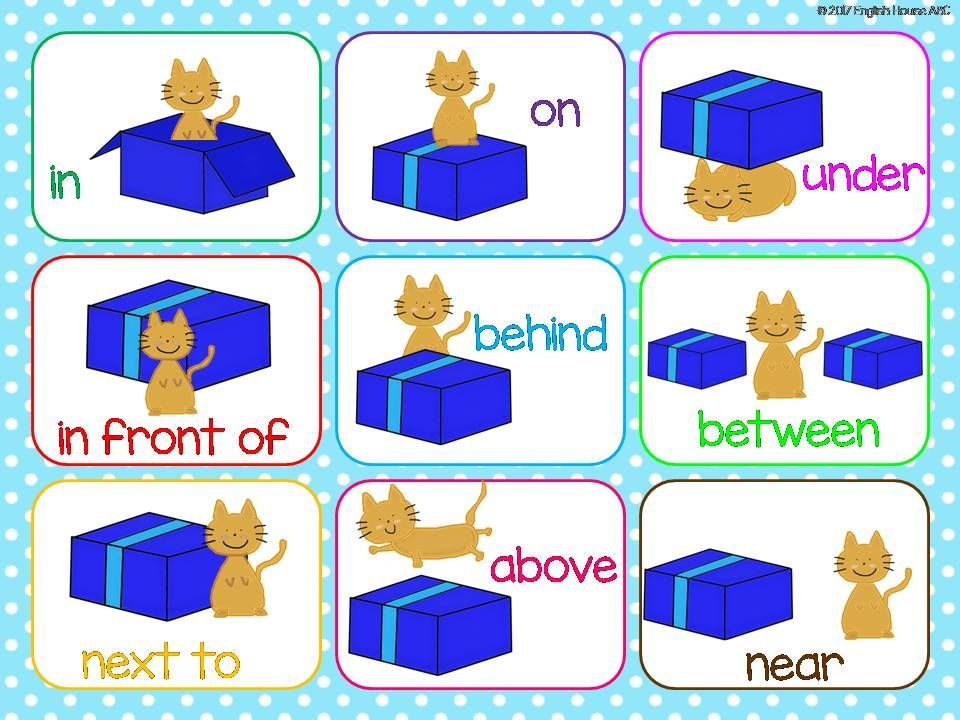 Children listen to the letter: “Hello guys! Fairy is writing to you. I want to talk about my city. ( Under ) Our city has beautiful houses. ( For ) fashionable residents walk the streets. ( Pod ) beautiful flowers grow in flowerbeds. People drive ( for ) new cars. ( Na) A narrow river flows through the city. ( Under ) The river is full of delicious fish. Our city is the best!”
Children listen to the letter: “Hello guys! Fairy is writing to you. I want to talk about my city. ( Under ) Our city has beautiful houses. ( For ) fashionable residents walk the streets. ( Pod ) beautiful flowers grow in flowerbeds. People drive ( for ) new cars. ( Na) A narrow river flows through the city. ( Under ) The river is full of delicious fish. Our city is the best!”
The speech therapist draws the children's attention to the mistakes made - incorrect use of prepositions. Reading again (one at a time) the sentences from the letter, the speech therapist asks the children to correct the Fairy's mistakes.
3. Clarification of the spatial meaning of prepositions: in, on, behind, under
Speech therapist exposes schemes of prepositions in, on, behind, under and, together with the children, specifies when we say these “little words”:
“Little word” (preposition) Appears in when the object is inside ;
ON - when the object is on top ;
UNDER - when the object is at the bottom ;
FOR - when the object is behind.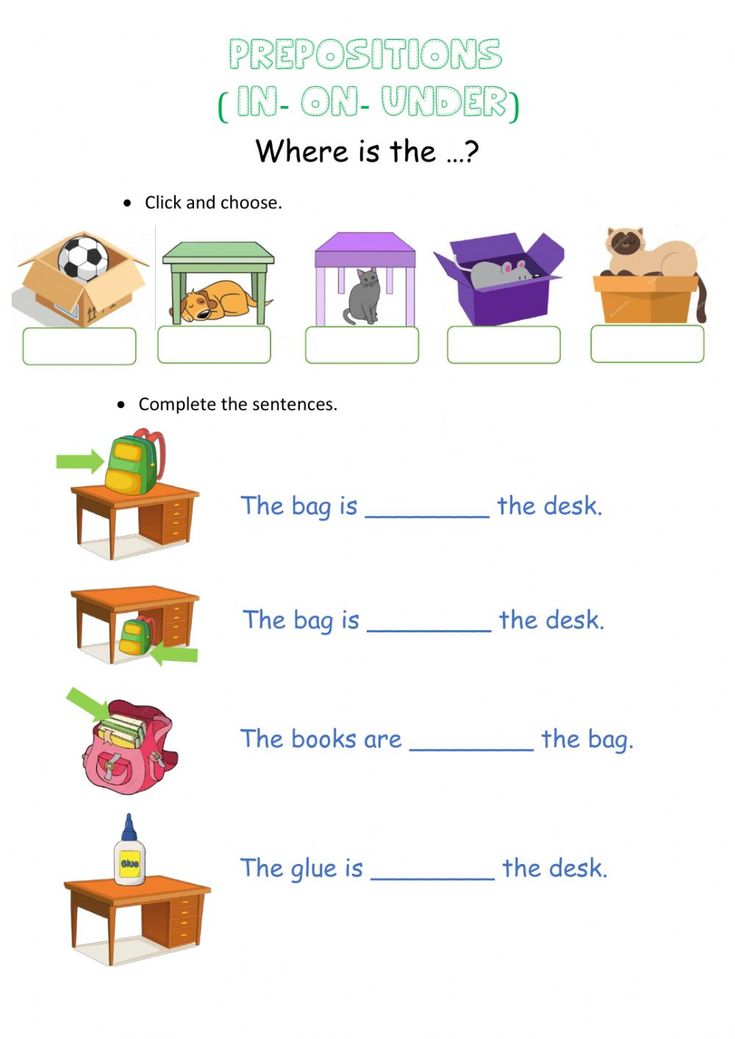
Speech therapist encourages children to name "small words" more precisely - prepositions and recall the poem "About prepositions".
In the field, in the house, on the pine tree,
Beyond the river, in the forest, in a dream,
Under the birch and in the den -
Have you noticed the prepositions?
4. Compilation of sentences with prepositions (from the picture)
Speech therapist: “Fairy has a friend - the boy Fedya. (A planar image of the hero is exposed). He has a kitten. The kitten is very smart, playful. Therefore, his name is Shustrik. Friends love to play with the kitten. And Shustrik runs everywhere, climbs on various objects, hides in different places of the room. Fedya loves to draw Shustrik. And today I sent you my drawings. Examine them and tell me, please, where is Shustrik. (Children sit at the tables)
Didactic exercise "Make a sentence" .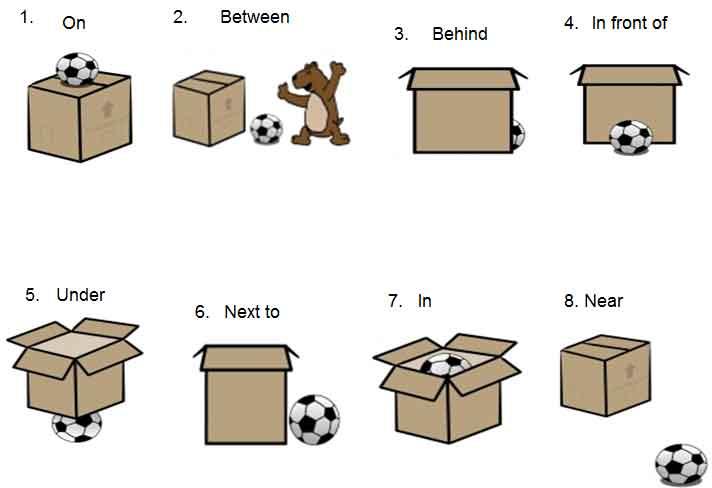
Children are asked to make sentences based on the picture. (Performed with a light ball)
Catch the ball and throw the ball,
make up an offer!
Children make sentences.
What bar do we represent the offer?
What strips shall we designate the words in the sentence? How many strips do you need to take?
Why is the high wand stripe in the first place?
What shall we put at the end of the sentence?
How many words are in the sentence?
Name the 1st word in the sentence (third, fourth).
Name the preposition word in the sentence. What is the 3rd word?
(Children take turns working at the table with diagrams)
Questioning all children - highlighting a preposition from a self-composed sentence.
5. Dynamic pause
I sit in the room and hear (sit down, hands near ears)
Rain drips on the roof (movement of hands over head from top to bottom)
And a kitten crawled under the table (sit down)
And fell asleep there like a kitten (fold hands under ear)
6.
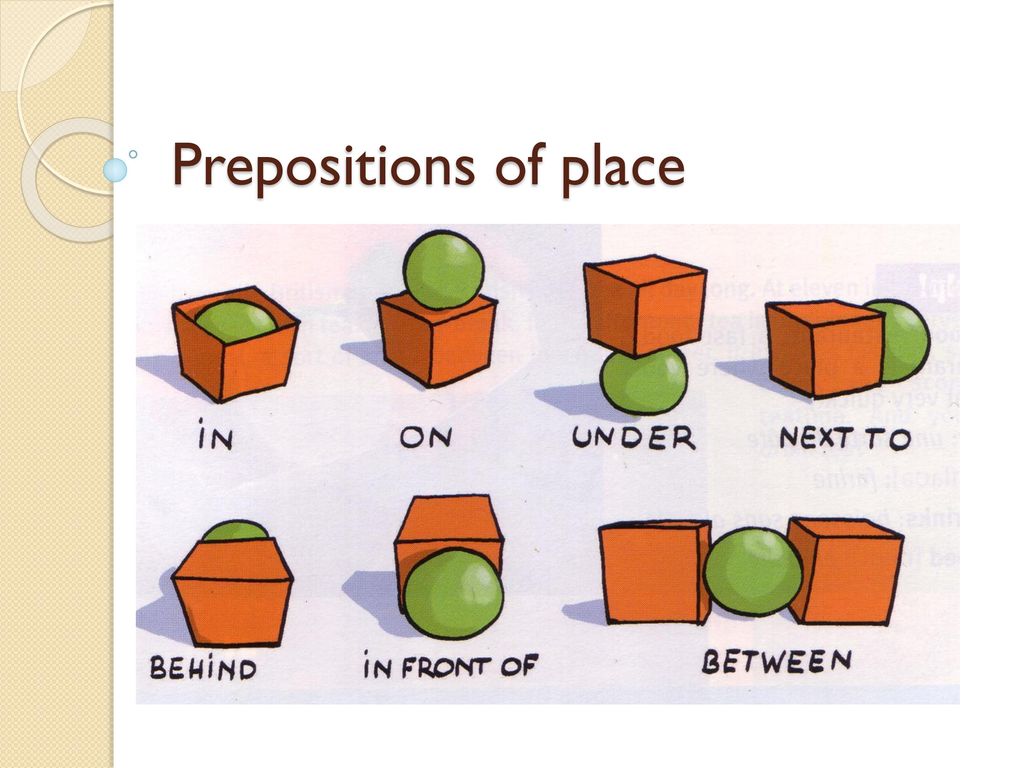 Selection of prepositions from poetic texts
Selection of prepositions from poetic texts In the field, in the house, on the pine tree,
Beyond the river, in the forest, in a dream,
Under the birch and in the den -
Have you noticed the prepositions?
7. Working with individual visual material
Speech therapist: “Sometimes little people like to play pranks, and then they can't find their things. Fairy loves order in everything. Help her, please. Collect the picture and tell where everything is. (Children collect split pictures)
Exercise. Compilation of sentences with a preposition based on two reference pictures. Self-compilation of a sentence scheme with the preposition in, on, under, behind.
Sample sentences:
- The kitten hid under the sofa.
- Dunno saw the typewriter under the chair.
- Dresses are hanging in the closet.
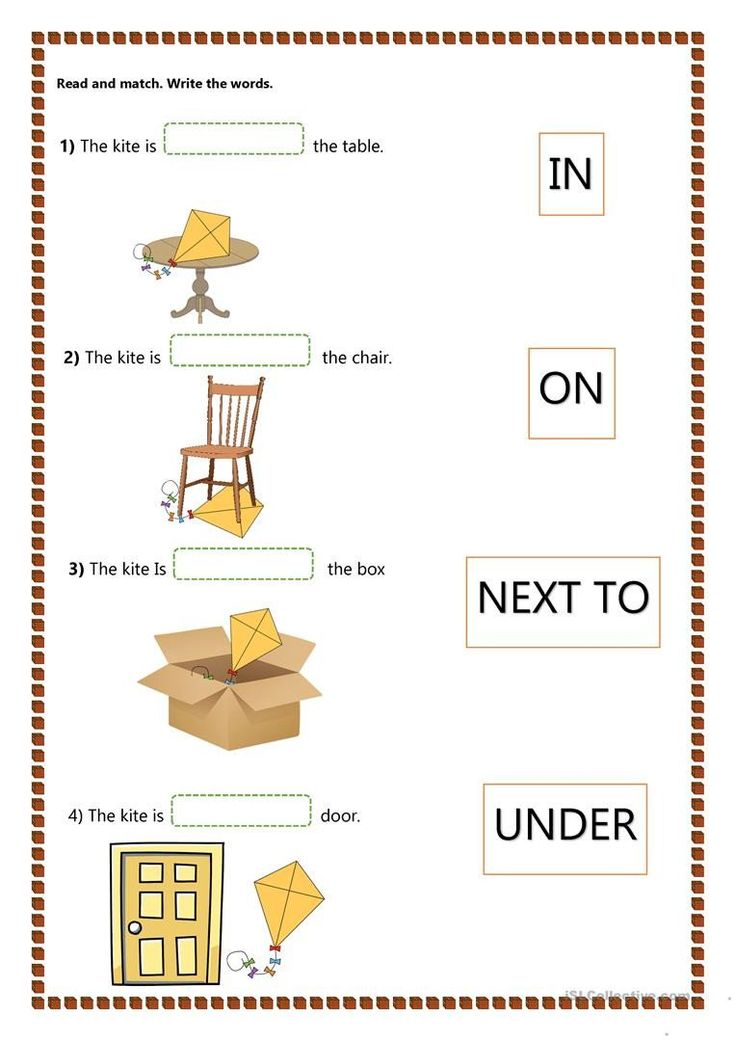
- Books are on the shelf.
- The boy hid behind a tree.
8. Summary of the lesson, assessment of children's activities
- This concludes our lesson. You all did a very good job!!!
Prepositions B and HA
The main difficulty in using Russian prepositions lies in the large number of exceptions. However, first of all, it is worth understanding the basic principle - which of the prepositions to use with this or that word.
If we are talking about material objects, such as a table, wardrobe, refrigerator, box, chest of drawers, then the preposition "On" means the location on the surface of the object (on top), and "In" - inside the object.
For example:
Put clothes in chest of drawers.
Put clothes on chest of drawers.
Place the textbook on the table.
Put the textbook on the table.
Even with objects that do not have clear boundaries, such as grass, both "In" and "On" can most often be used.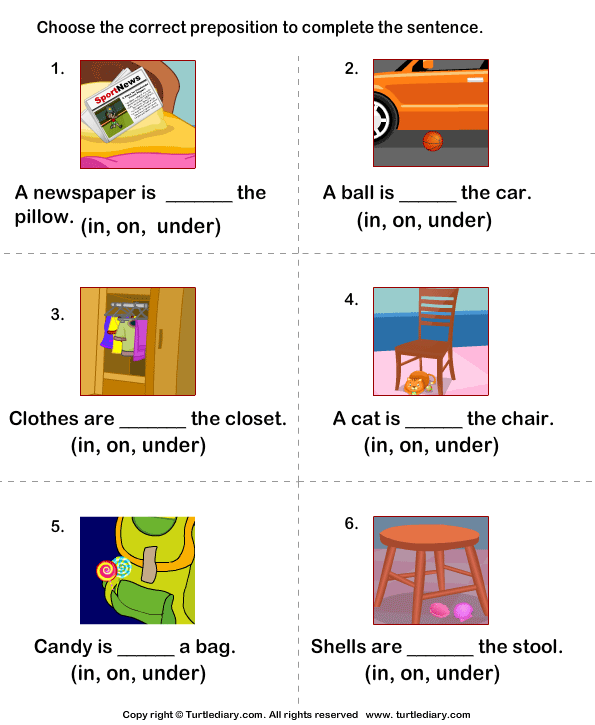
For example:
We had a picnic on the grass.
A rabbit is hiding in the grass.
So, if one object is clearly located on the surface of another, we use the preposition "On".
Attention! According to the logic of the language, this surface is represented as something open, not limited from above. This is worth remembering, because such a view of things helps to understand the logic and culture of the language, which further develops the linguistic flair.
For example:
on the street
on the bridge
on the shore
at bus stop
on the square
on the balcony
at the stadium
on the market
on chair
on the sofa
on the table
on plate
on the mountain
on island
And also the preposition "On" is used when we talk about cardinal points:
In the south, in the north, in the west, in the east.
There are a number of exceptions to this rule. Here are some of them:
We use "B" when talking about bodies of water (meaning being in the water):
There are fish swimming in the river.
We swim in the lake.
Also "B" is used with the word chair when referring to the person sitting in it. And with the word hand.
I like to sit in a comfortable chair.
Toddlers are taught to hold a spoon in their hand.
We use the preposition "B" when talking about an object located within another object. That is, the second one appears to be something closed, like a box. Or having clear boundaries.
For example:
in apartment
at home
in the country
in the park
in the garden
Exceptions:
at home
at the station
in stock
factory
factory
on the floor
If we are not talking about material objects, but events, then most often we use the preposition "On".